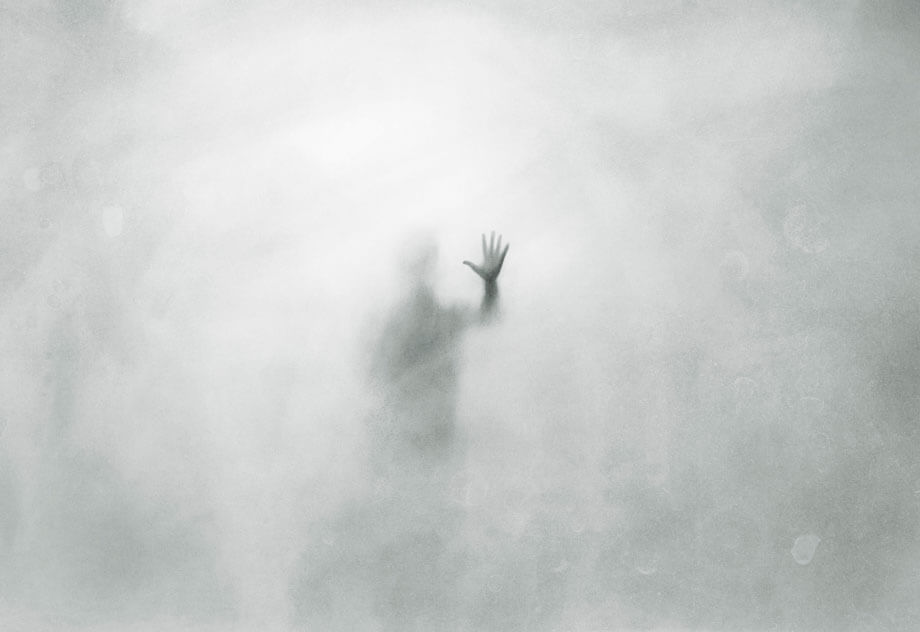As of Sept. 1, 2022, there were over 52,000 reported monkeypox cases in the United States, with 519 cases in Maryland. Almost 99% of cases have been in cisgender or transgender men, and 98% of cases have been in men who identify as gay or bisexual. When sexual information was collected (only in about 30% of cases), 94% of those affected reported male-to-male sexual or intimate contact in the weeks preceding infection.
While monkeypox is thankfully almost never deadly, the already existing stigmatization of the LGBTQ+ community throughout the monkeypox pandemic has been, for many, disturbingly reminiscent of the fear and discrimination of the early AIDS crisis. It is important to note that monkeypox is not a “gay disease,” and that anyone, regardless of sexual orientation or sexual activity, can contract the virus. Monkeypox is not considered to be a sexually transmitted infection, and it can spread through close physical contact, fabrics and objects that have been used by someone with monkeypox or through contact with respiratory secretions.
A fixation on those more likely to be affected can be isolating, and exclusionary language that frames monkeypox as a disease that only affects gay and bisexual men may prevent other vulnerable groups — including Black, Latinx, Indigenous, Asian and Pacific Islander, transgender and nonbinary people, sex workers, people living with HIV, people who inject drugs and people experiencing homelessness — from realizing they may be affected and require timely care for themselves and to prevent further spread of the disease.
A recent Johns Hopkins monkeypox outbreak expert panel highlighted key issues related to unintentional disclosure due to the physical manifestations of illness and limited access to diagnosis, prevention and treatment in vulnerable patients. Because of the slow and confusing governmental response, many have turned to their social networks for timely information. In an open letter to the Biden administration, a team of scholars, queer and transgender community members, and activists outlined important strategies to improve the current response to the crisis. Key points included communicating with the public that anyone can be affected by monkeypox, but also partnering with Black, Indigenous, Latinx, Asian and Pacific Islander, queer and transgender community leaders to provide testing and vaccination sites at popular venues among these vulnerable communities.
Much of the monkeypox response has been led by grassroots campaigns within affected communities, and the CDC is currently honing its efforts on focused messaging. These targeted interventions are likely the key to reducing public discrimination against affected communities while also providing a great service to those most likely to be affected during the outbreak. However, those without robust social networks or ties to these communities would still remain relatively isolated.
For these people, the first opportunity to seek information or care related to monkeypox infection may come from an interaction with a health care provider. Stigma-reduction communication strategies are essential during these health care encounters.
The following are some strategies recommended by the CDC:*
- Describe monkeypox as a legitimate public health issue that is relevant to all people.
- Educate about monkeypox by emphasizing:
- Monkeypox is spread through:
- direct contact with an infectious rash, scabs or body fluids.
- respiratory secretions during prolonged, face-to-face contact, or during intimate physical contact, such as kissing, cuddling or sex.
- touching objects or fabrics (such as clothing or linens) that previously touched the rash or body fluids of someone with monkeypox.
- being scratched or bitten by an infected animal.
- Monkeypox can be acquired by all people, regardless of gender identity or sexual orientation.
- Monkeypox causes a rash.
- Monkeypox can spread from the time symptoms start until the rash has fully healed and a fresh layer of skin has formed, which can take several weeks.
- Monkeypox is spread through:
- Frame the image of monkeypox:
- Use inclusive language, such as “us” and “we” pronouns.
- Use nonsensationalistic language and images.
- Use language that resonates with the audience.
- Present concepts that the audience will be open to hearing or reading.
- Use positive, diverse and credible images.
- Emphasize prevention strategies, symptom recognition and the treatable nature of monkeypox to minimize fear and promote action and a sense of personal agency.
*Adapted from: Hood & Friedman (2010), Unveiling the hidden epidemic: a review of stigma associated with sexually transmissible infections. Sexual Health (7):1-12.
Johns Hopkins continues to update information on monkeypox.
Related Content
- Anti-Vax to Anti-Mask: Processing Anti-Science Claims During a Pandemic
- Queer Visibility in Medical Education
- Improving Wellness for Health Care Providers
Want to read more from the Johns Hopkins School of Medicine? Subscribe to the Biomedical Odyssey blog and receive new posts directly in your inbox.
